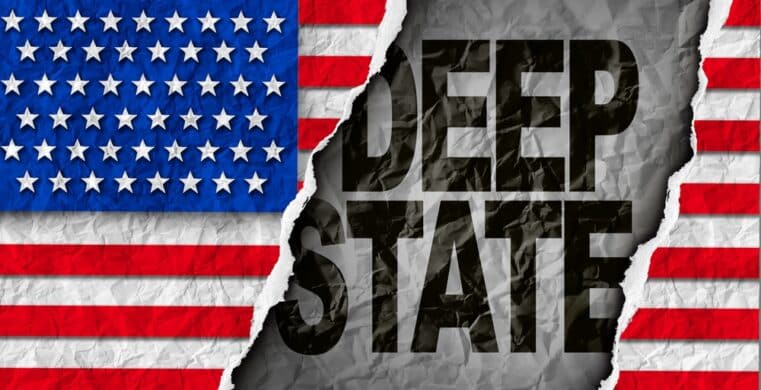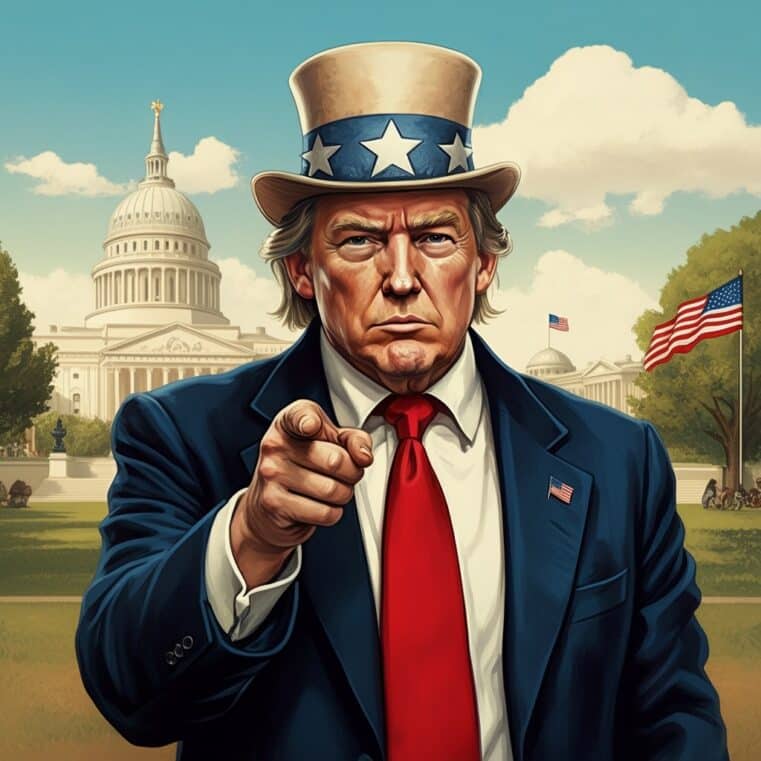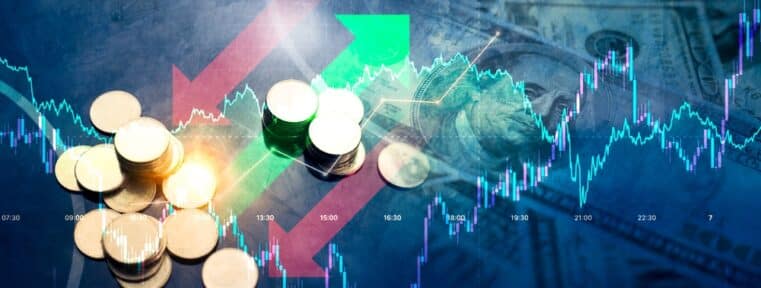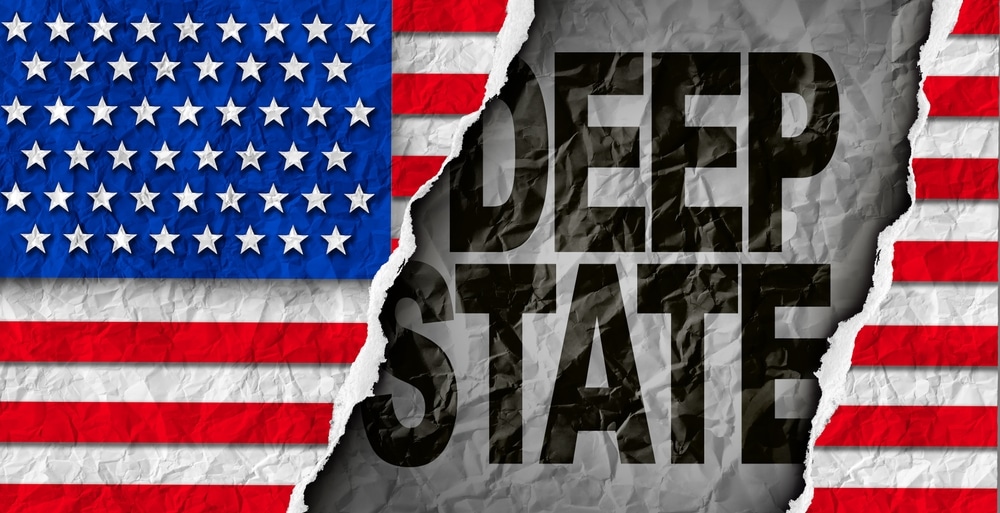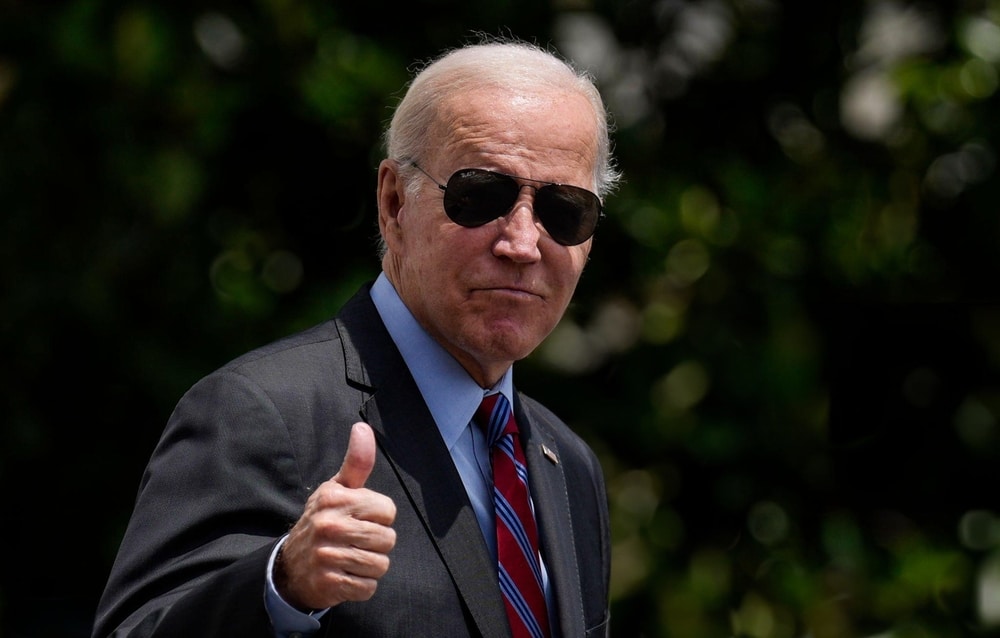
$10K Gold and a Collapsing Dollar: What Awaits Under a Harris Administration
Gold could reach $10,000 an ounce if Vice President Kamala Harris wins the U.S. November election, said Peter Schiff, chairman of SchiffGold and founder & chief market strategist of Europe Pacific Asset Management.
"If Kamala Harris is president, we got no chance of doing the right thing," Schiff said. "The debt will increase exponentially … We'll be at $40 trillion. We could easily be at $50 trillion of total national debt during her first term if we're doing $4 or $5 trillion of debt per year. She is going to try to blame all the problems that the government created on capitalism and use that as an excuse to implement socialist policies."
Schiff told Michelle Makori, lead anchor and editor-in-chief at Kitco News, that the waning power of the U.S. dollar as the world's reserve currency would be one of the drivers behind a $10,000 gold price.
It is difficult to see the dollar surviving as the global reserve currency through a single term of the Harris administration, according to Schiff. "Our creditors are going to come to the unmistakable conclusion that we can't pay our bills, that the numbers are just too big, and that it is impossible for the U.S. government to honor its commitments," he said.
Default vs. inflation
Schiff explained that a default on U.S. debt would be a better scenario than inflating it away.
"Default is the best way out of this debt situation. But if we don't have the integrity to default, politicians are going to inflate. Inflation is worse than default from the perspective of the creditors and everybody else who owns dollars," he said. "People are going to lose more money to inflation than they would to default. If the U.S. government defaults, it won't completely default. We could give them 30 cents on the dollar. We could reduce the debt to some manageable level. But inflation could wipe out more than 90%, maybe 99%. Who knows if we have hyperinflation."
"Gold at $10,000 is just a 4X gain from here. From 2001 to 2011, gold went up more than that. There's a lot of pent-up price appreciation," Schiff said. "Gold has just started to rise again; we've taken out all that resistance. You're going to see a big leg up in the price of gold that will mirror the magnitude of that initial move from $300 to $1,900, which is a six-fold increase. But you're going to see that increase in a shorter period of time."
Why the Fed should be paying attention to the gold price levels
Schiff added that the Federal Reserve should take its signals from the gold price instead of the macro data it focuses on, noting that the U.S. central bank is about to make its next big mistake next week.
"The Fed claims it's data-dependent. But the data it depends on is irrelevant because it's false and often gets revised," Schiff said. "The most significant data point is the price of gold, which has recently hit a record high."
In the weeks leading up to the September monetary policy meeting on September 18th, spot gold hit multiple record highs, rising well above $2,500 an ounce. The precious metal is up more than 21% year-to-date.
Schiff pointed out that this move higher in gold indicates that monetary policy is not tight enough.
Previous Fed Chairmans have used gold prices as a critical indicator to determine whether they were on the right track with monetary policy tightening or easing.
"Alan Greenspan, who was the Fed Chairman [from 1987 to 2006], said that we're effectively on the gold standard because gold was an important way to see if his monetary policy was too loose or too tight," Shiff explained. "Greenspan said he looked at the price of gold, which at the time was around $350 an ounce. And he said if gold rose towards $400, 'I know that I'm too easy.' And if it went down to $300, 'then I know that I'm too tight.' And so [he used] the market signal of the gold price to know what he needed to do with monetary policy and interest rates."
Schiff added that the current record gold price levels signal that the policy is not tight enough.
"If gold is the most important signal of monetary policy and it's at a record high of $2,500, that should be telling the current Fed Chair Powell that the monetary policy is too loose. And Powell keeps claiming that it's tight," he said. "If it was tight, gold would not be making record highs. We clearly have the wrong policy. Powell is getting ready to cut rates when he should be raising rates. That's why gold's at a record high and going much higher."
This article originally appeared on Kitco News.



